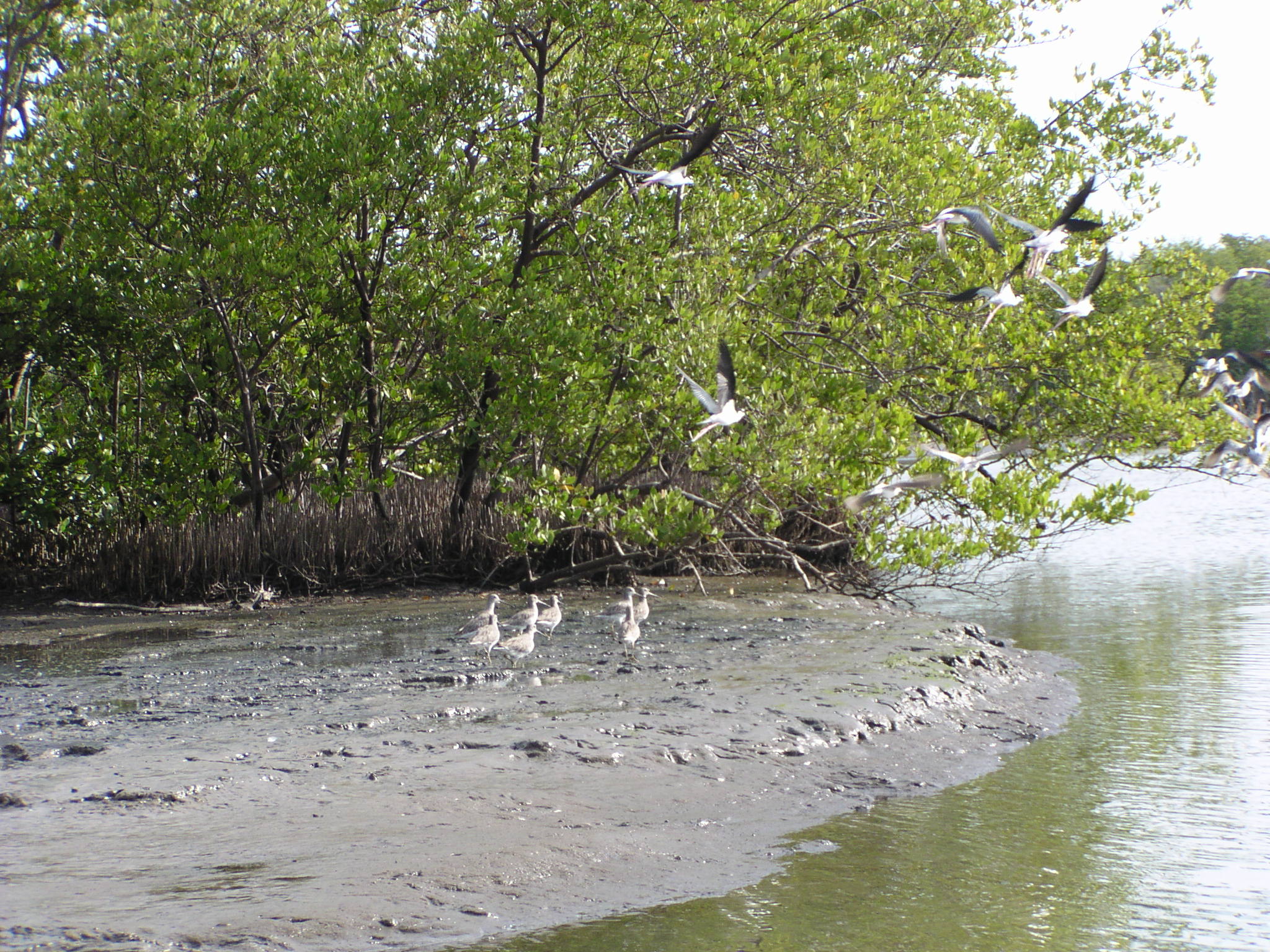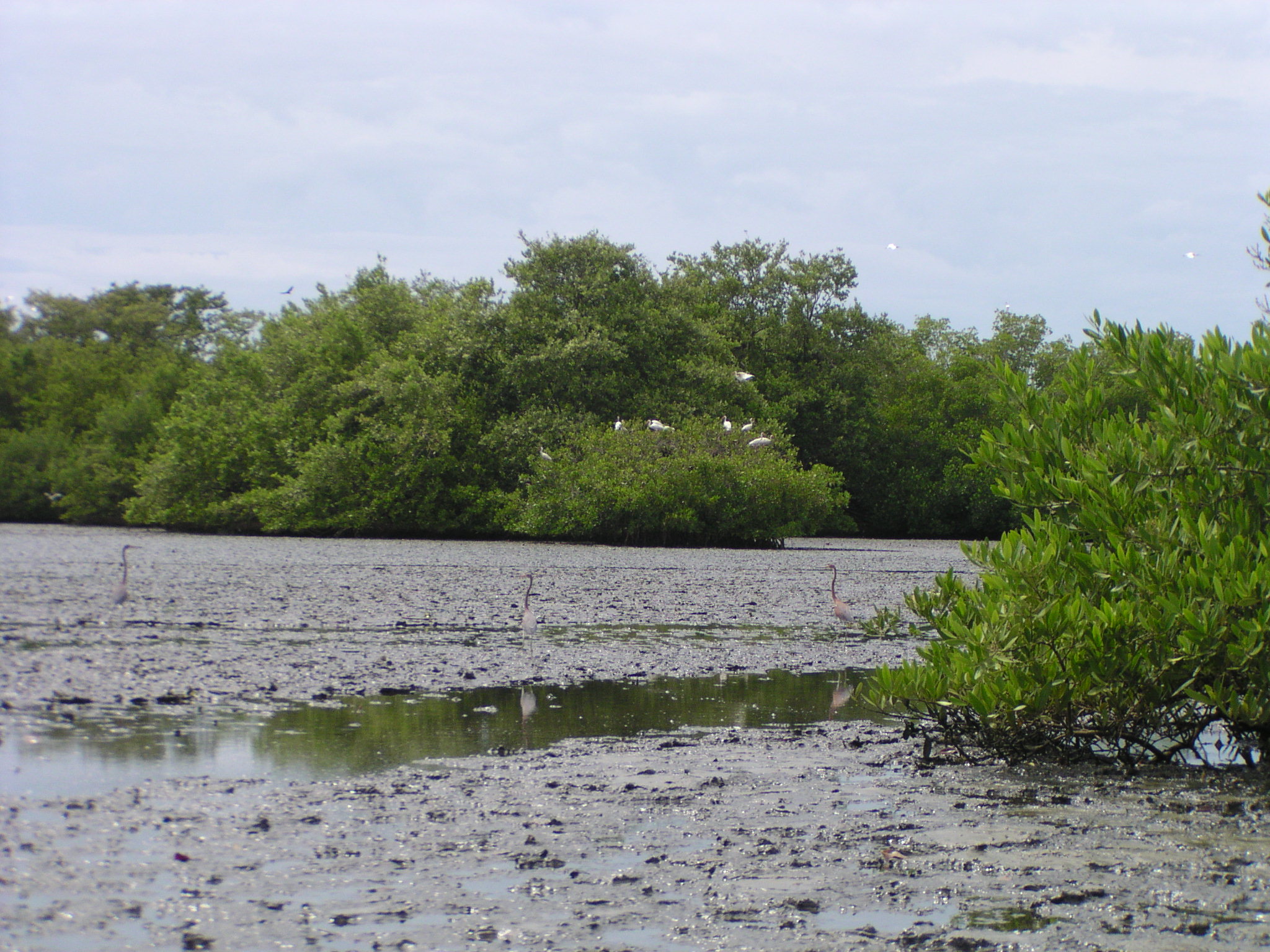Large mangroves occupy an important part of the 265 kilometers of the north coast and 73 of the south coast of the province of Las Tunas, which is the result of numerous actions carried out in the territory for their conservation.
Among them stands out the increase of those coastal forests by means of the repopulation of deforested areas, with the red, black, white or pataban mangroves and the yana, species of exuberant beauty and refuge for the reproduction of fish, mollusks and crustaceans.
In the municipalities of Las Tunas with marine ecosystems, specialists from the Company for the Conservation of Flora and Fauna and the Ministry of Science, Technology and Environment (CITMA) rescue areas that have been very affected by the passage of time and the incidence of various natural phenomena such as winds and waves.
Another of the actions consists in the protection of this forest by specialized personnel, since unscrupulous individuals carry out their debarking, motivated by the medicinal properties of these species and their application in the tanning of skins.

In the province of Las Tunas, the largest extension of mangroves is located in the south of the municipality of Jobabo, declared a Ramsar site because of the level of conservation of its fauna and flora values.
According to the Master of Science Amado Luis Palma Torres, sub-delegate of Environment, there are more than 30 thousand hectares of mangroves in the territory and the most vigorous and best preserved in the country are on the south coast, shared with the province of Granma.
As a curious element, he added that in the municipality of Majibacoa there is the only natural mangrove forest without the influence of the sea reported in Cuba, 47 kilometers from the coast, in the area known as Cenicero.
The expert pointed out that the mangroves are considered the most productive ecosystems because they develop their capacity for photosynthesis 365 days a year and absorb thousands of tons of carbon dioxide while providing a similar amount of oxygen. Furthermore, their effect on mitigating climate change has been proven.
Mangrove forests reduce the damage that can be caused by natural events such as storm surges, tropical storms and hurricanes and contribute to the conservation of biodiversity, as they are the habitat of numerous animal species that are endemic, threatened or endangered. They also maintain the balance in the coastal area, prevent saltwater intrusion, contain erosion by waves, wind and currents and constitute a large wood reserve.






